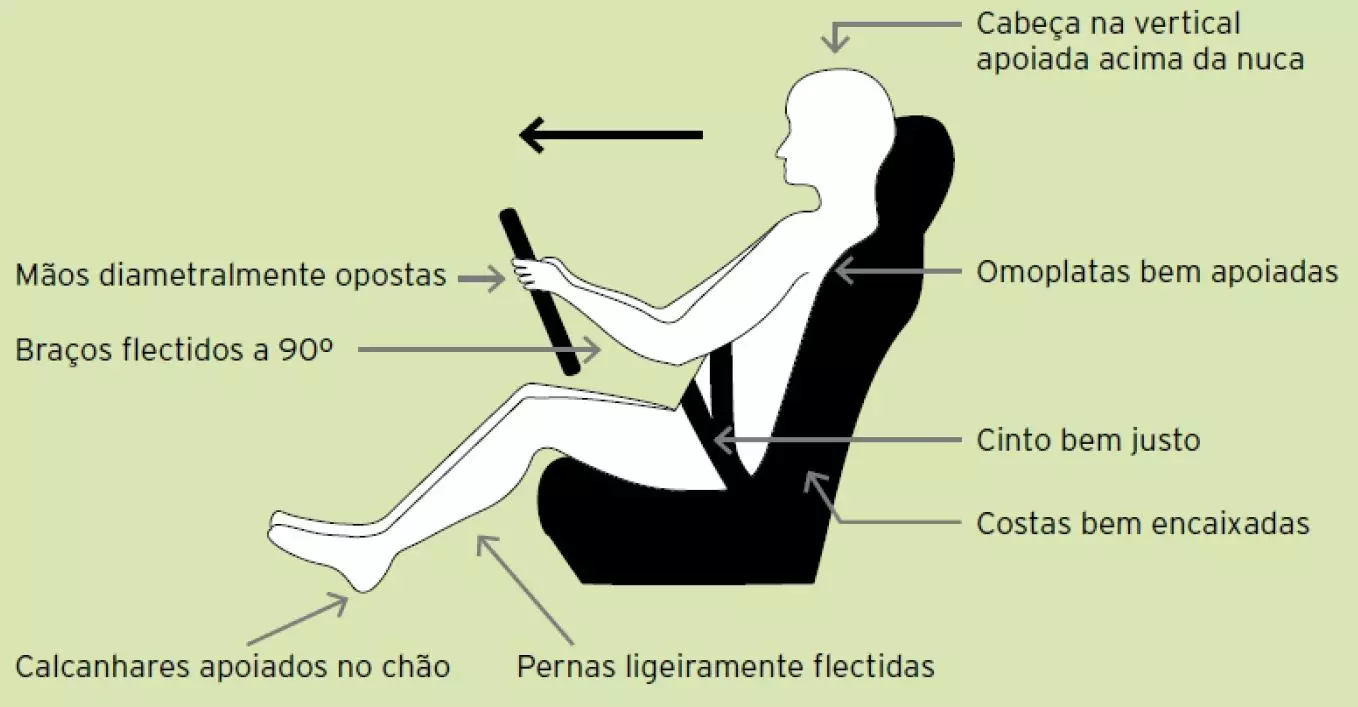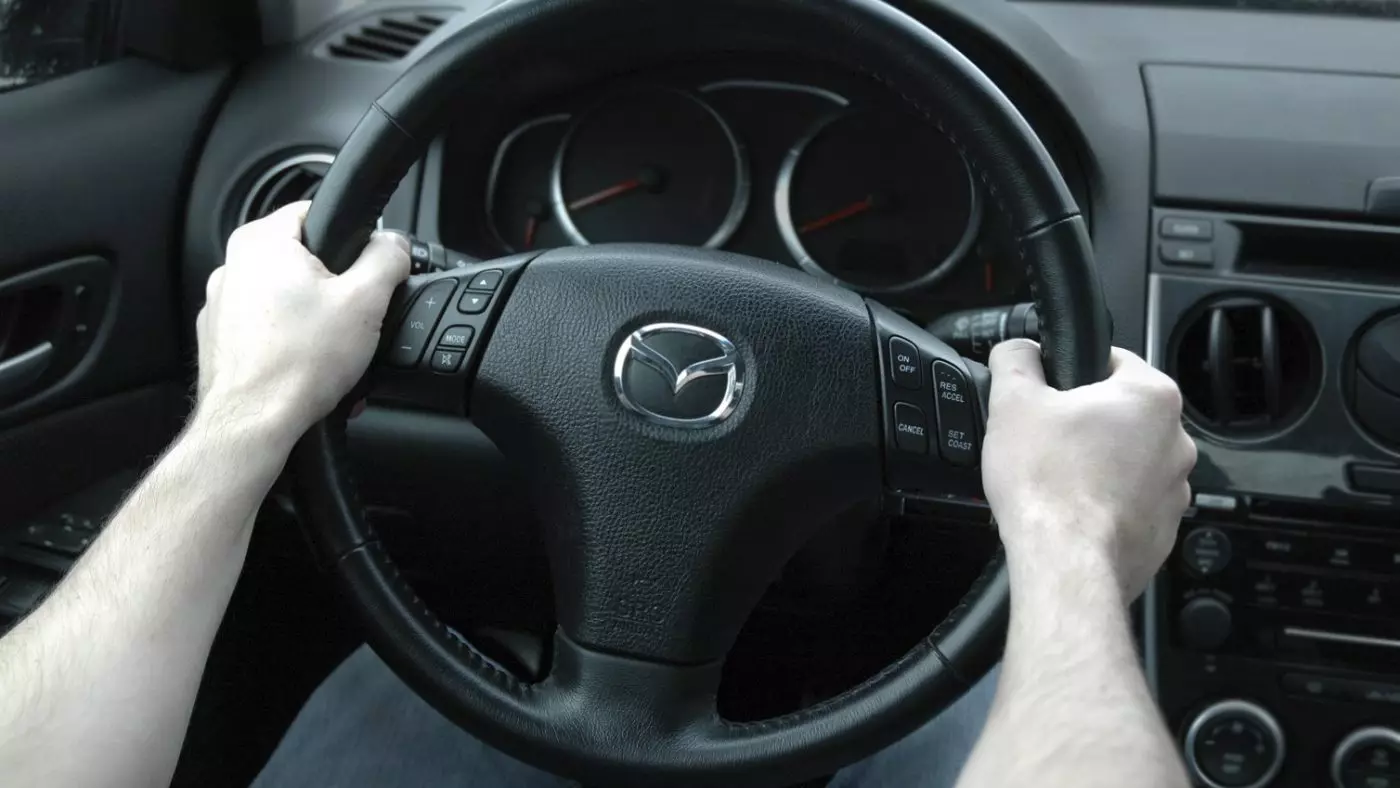In motorsport, where every hundredth of a second counts, the driving position is one of the factors that can influence the driver's performance. But the driving position is not just essential on the track.
In everyday life, the driving position is equally important to ensure safety, comfort and avoid muscle fatigue during travel.
According to the Driving Teaching Manual of the Institute for Mobility and Transport (IMT), the driver's adaptation to the vehicle involves three levels: driver's position at the wheel, use of pedals and steering wheel handling.
What is the most suitable driving position?
The most suitable driving position should always take into account the physical morphology of the driver and, ideally, provide the greatest possible comfort. The legs should be slightly bent so that the pedals can be used to the end of their travel without the rider having to stretch them out completely.
The arms must also be bent, when the driver holds the steering wheel by its bow, in the middle of the area next to the light controls. In the event of a collision, the bent position of the legs and arms can also help reduce joint damage.

The trunk should be kept as vertical as possible (but comfortable) in relation to the floor, with the lower back and shoulder blades well supported by the back of the seat and keeping the head and neck straight, close to the headrest.
Use of pedals
The correct use of the pedals is also essential, especially when it comes to a model with a manual gearbox – and therefore with three pedals.The left foot must always remain flat on the floor, to the left of the pedals or on the specific support. The left foot should only be in contact with the clutch pedal if it is necessary to shift into gear or stop the vehicle.
As for the right foot, used for braking and accelerating, the driver should also (whenever possible) keep the heel flat on the ground, closer to the brake pedal.
Handling of the steering wheel
The recommended way of handling the steering wheel is in the “nine and a quarter” position (like the hands of a clock), under any circumstances.

In curves, the driver must maintain this position using the “push-pull” technique – when entering the curve, he must raise his hand on the side where he will turn to the top of the steering wheel and pull it to the middle position (3h or 9 am). The opposite hand must not move out of place, only allowing the steering wheel to “slip” into the desired position. At the end of the turns, the inverse maneuver is performed.
According to the IMT, this is the position that provides less muscle fatigue and greater precision and speed in controlling the car, in addition to allowing the driver to keep his hands closer to the area where the signaling controls on the steering wheel and the controls are located. navigation, communication and comfort in the center console.
Source: IMT
